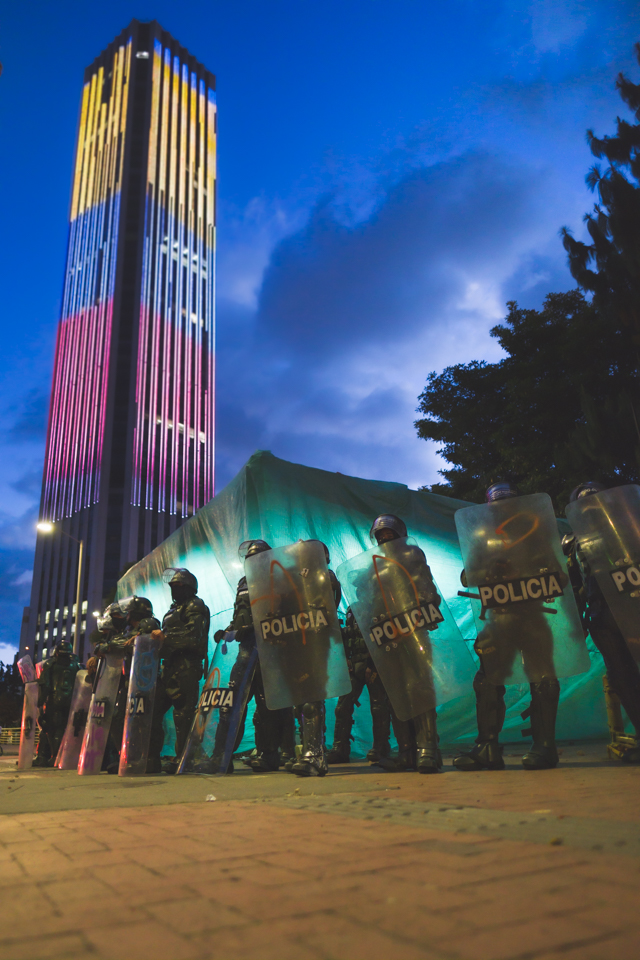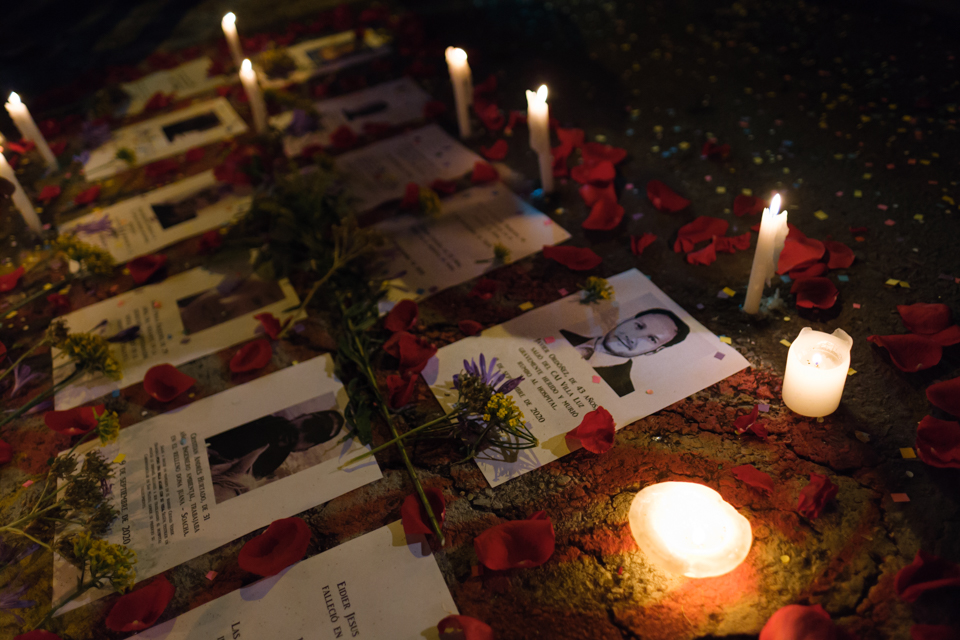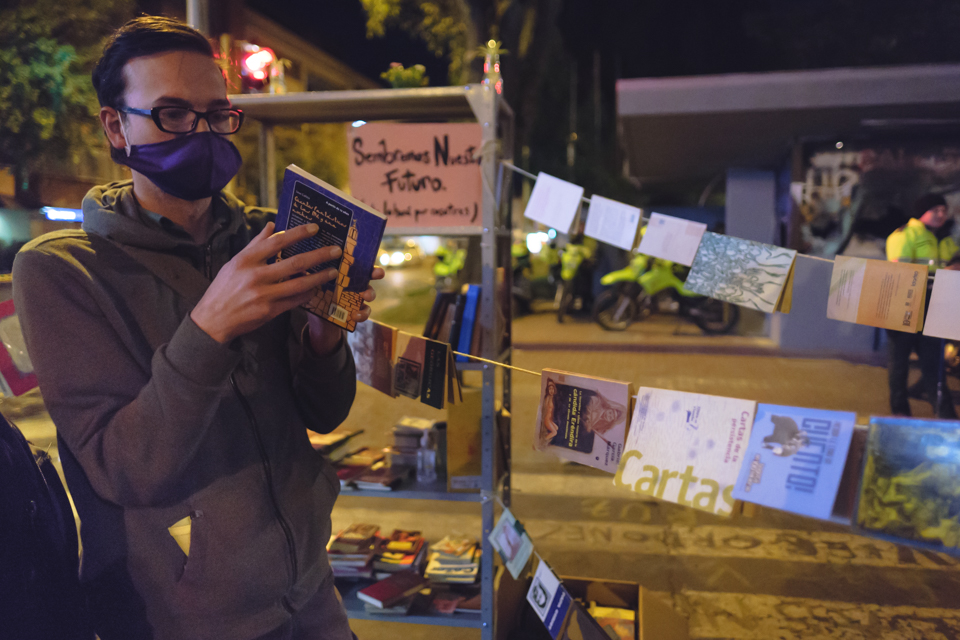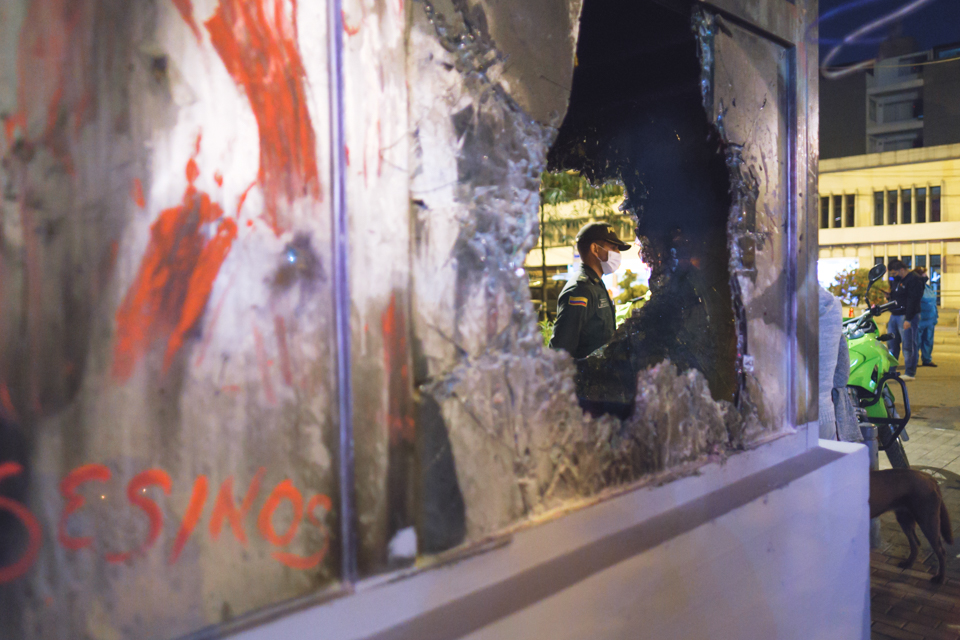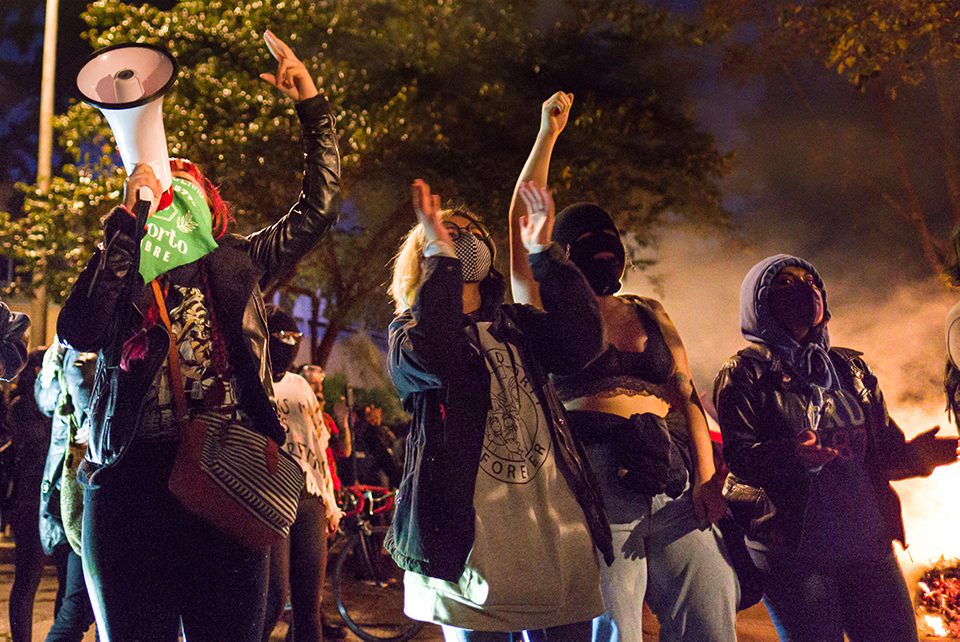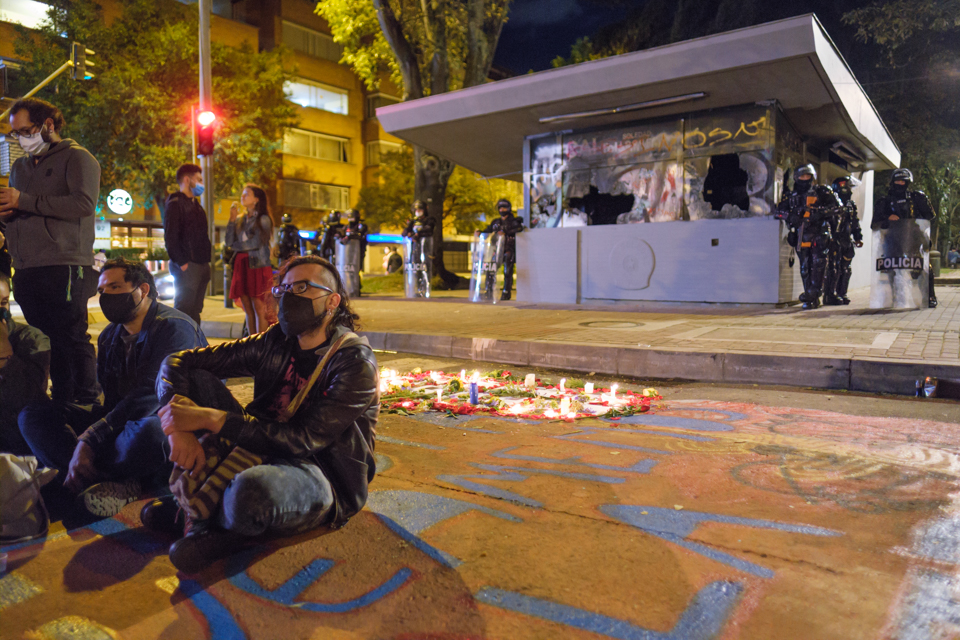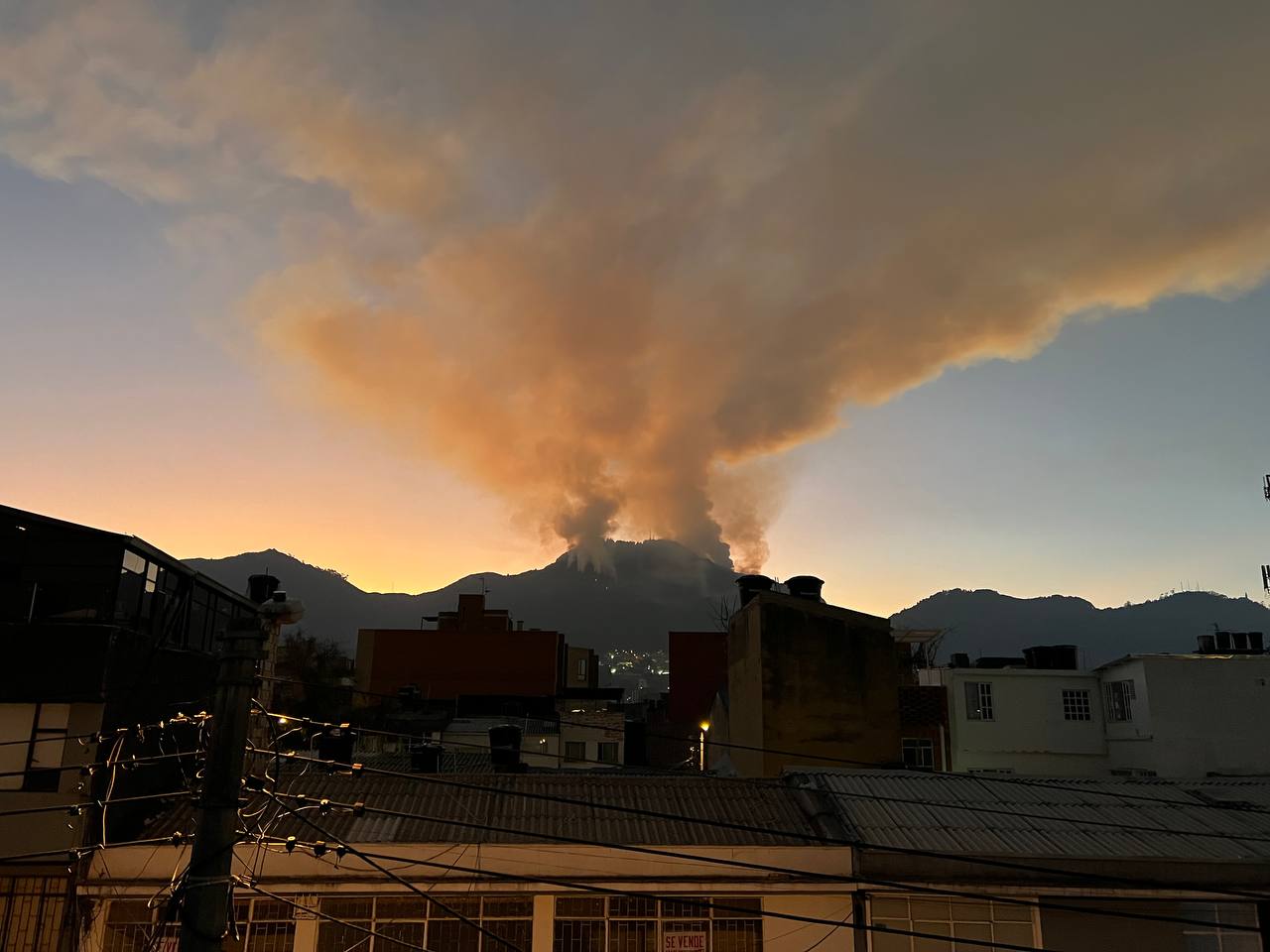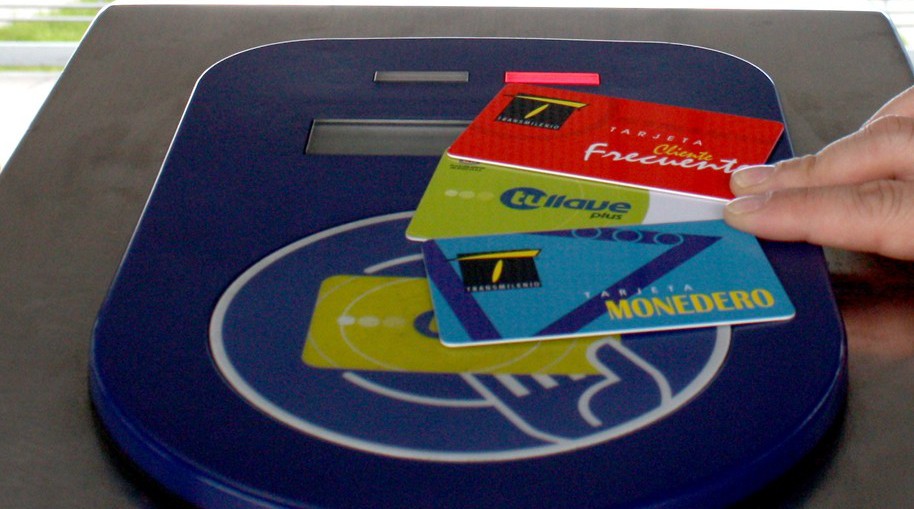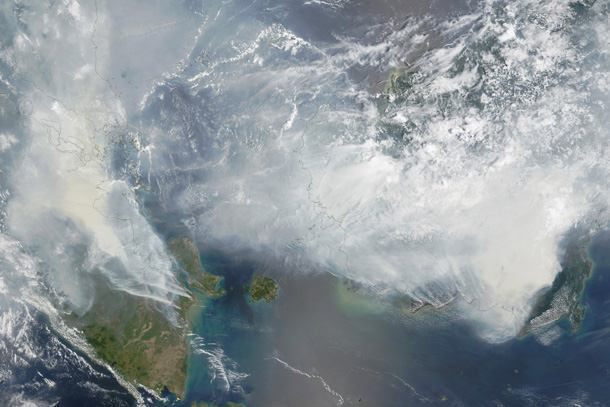With more than a dozen dead in the streets, Bogotanos grapple with injustice and tragedy.
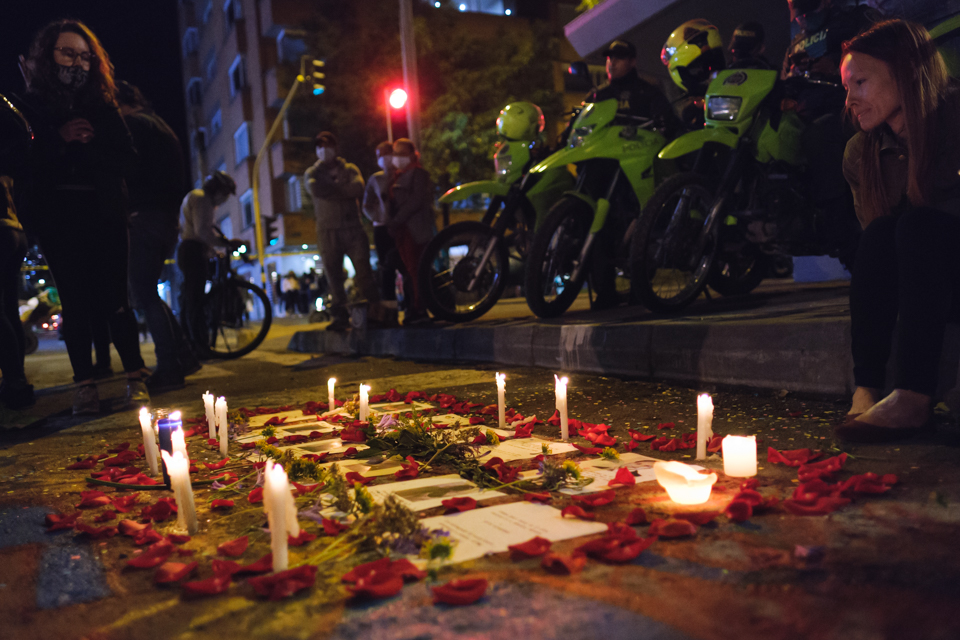
More than a dozen people were left dead this week in Bogotá during protests against the police killing of Javier Ordóñez, and the city is now in mourning.
People here are grappling with a sense of injustice and tragedy – at levels that that rarely envelop the capital.
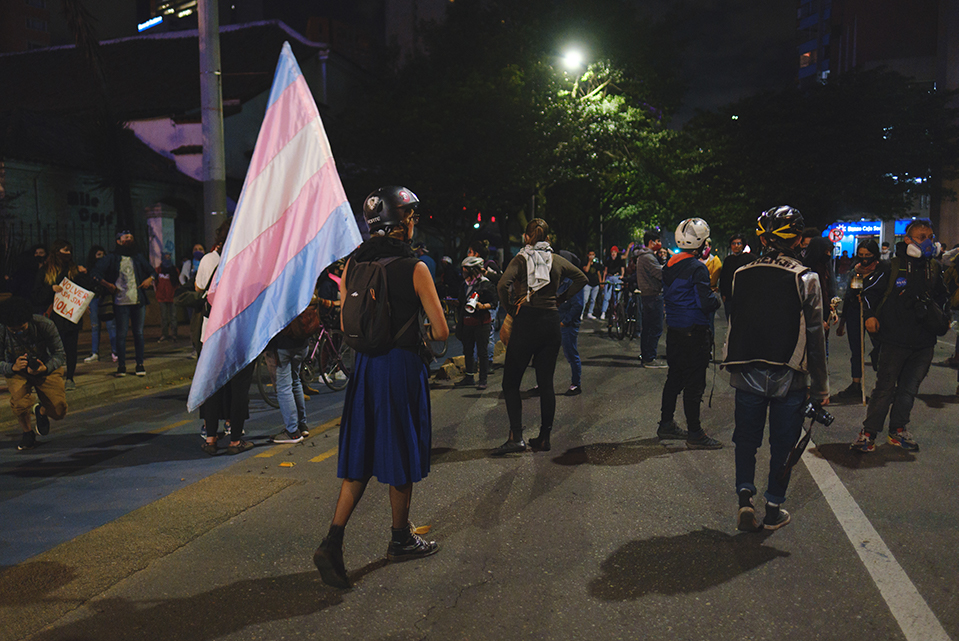
Massacres have become a near-constant occurrence this year in the more rural and less-populated regions. But what many, including the city’s mayor, are calling a Bogotá massacre has left people in a state of shock and outrage, stoked by social media images of police firing live ammunition into crowds.
While official statistics are often difficult to verify, the city is saying that 10 people were killed by gunfire over two days. Another 72 were injured by firearms.
In the aftermath, some are taking to the streets to display their condemnation and yell in the face of the police they hold accountable for it all. Others are more pessimistic than ever and have no idea what to do.
Some continue their daily lives, enjoying a stretch of beautiful weather after nearly six months of mandatory quarantine or watching national team star James Rodríguez make his debut in the English Premier League.
On Saturday night, the protest and the general vibe in the streets of Bogotá was mainly one of calm — at least in the two areas I visited. It felt more like the extended national strike last year than the chaos, disorder, and state-sanctioned criminality on display earlier in the week.
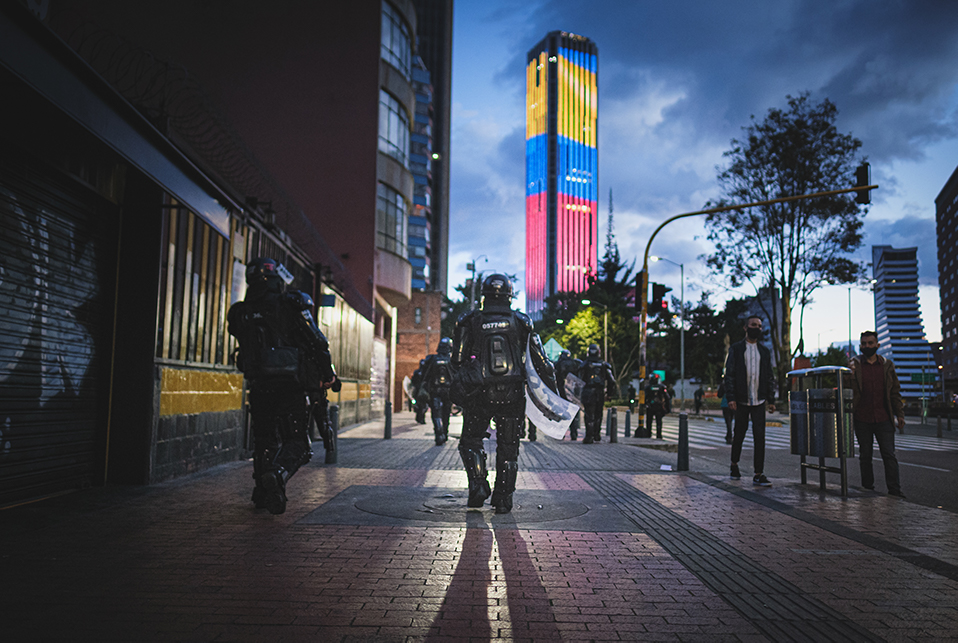
Candlelit vigils
In Parkway, there were candlelit vigils for those killed and heartfelt speeches in front of the CAI police barracks that had been set ablaze on Wednesday. There was also a monitor showing cultural videos and a biblioteca popular (“people’s library”) full of books free for the taking.
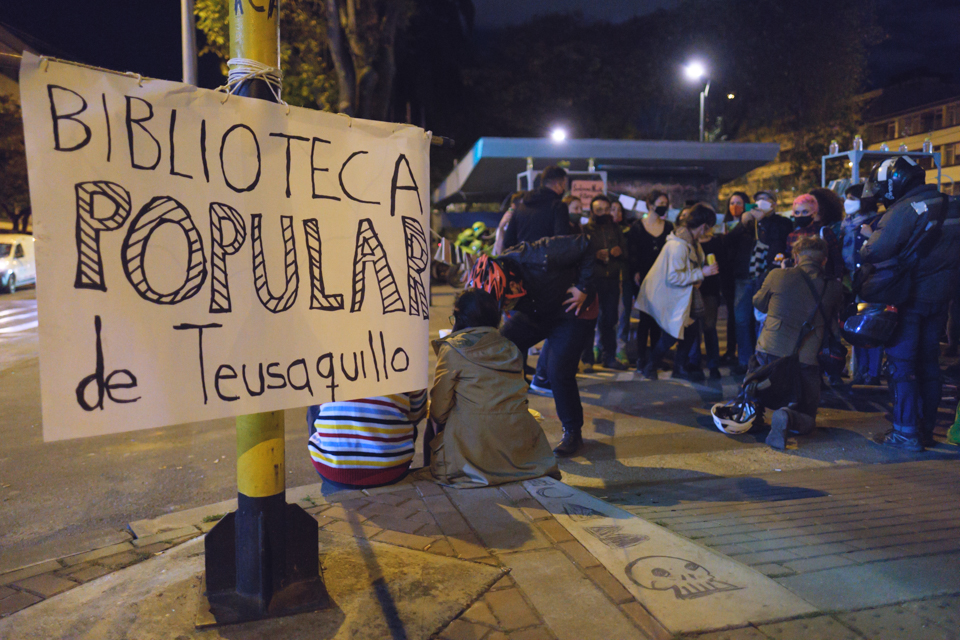
I saw several cops having real, extended conversations with citizens. Others appeared genuinely moved by one protestor’s gripping call for justice and eulogy of the citizens killed by their coworkers.
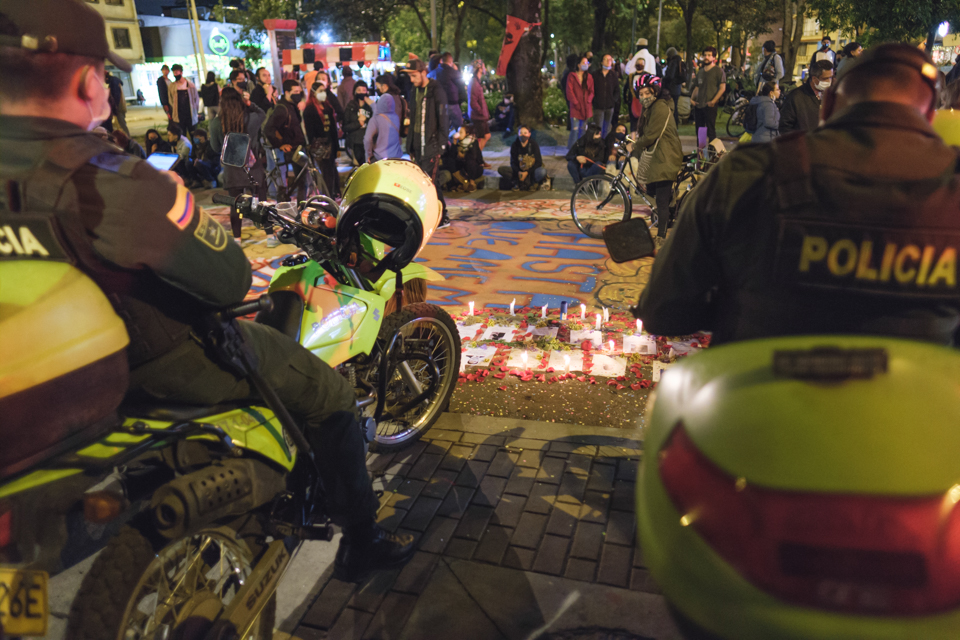
Over near Torre Colpatria and Parque de la Independencia, there was a small, primarily women-led protest. They called for justice and brandished the cops on patrol as killers and rapists. Some rocks were thrown, a small fire was lit, the police launched tear gas at one point, and a large armored truck arrived, parking ominously in the middle of the avenue.
What I saw seemed to be a small – although loud and passionate – demonstration against a thoroughly massive and overwhelmingly armored police presence.
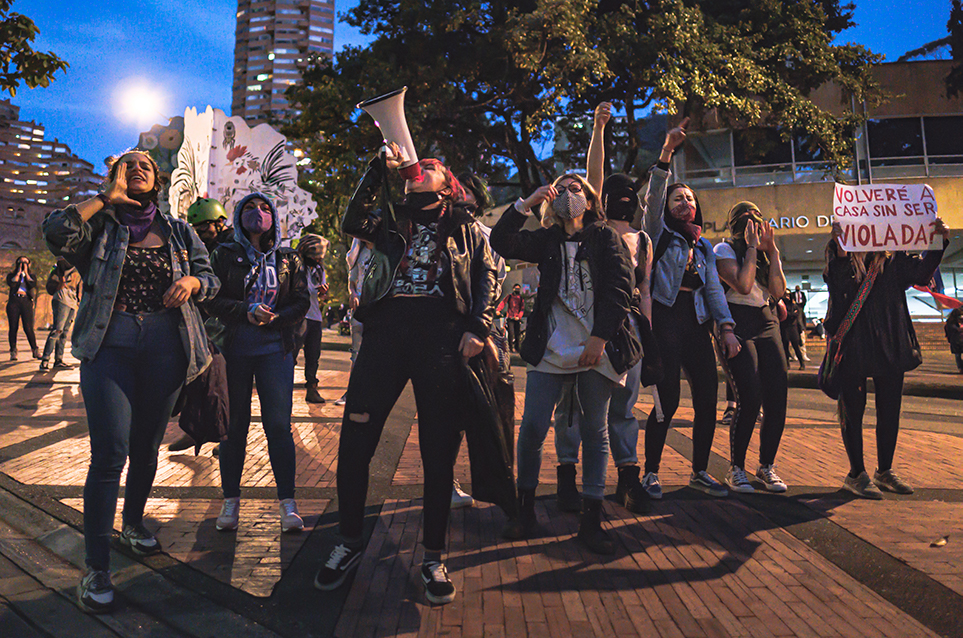
Sunday afternoon has played out similarly so far. Demonstrators marched down the Séptima through Chapinero to the famed Plaza de Bolívar. The Plaza has been barricaded off in recent days and hosted a memorial for this week’s victims this morning. Riot police and uniformed officers have been standing guard here for days and were not letting marchers enter this afternoon (at press time).
I watched today’s events unfold on social media with an uneasiness that something awful could happen at any minute, an attitude that’s shared by many I spoke to.
Mayor calls for cacerolazo
Mayor Claudia López spoke at the memorial in the plaza and continued on to Parque Verbenal in the afternoon for a forgiveness and reconciliation concert featuring the Bogotá philharmonic orchestra.
Days earlier, she called for a candlelit vigil and a cacerolazo protest where citizens would gather to bang pots and pans, the traditional way Colombians condemn unacceptable governmental behavior. Because cacerolazos are typically impromptu affairs, lightly organized by civic groups, it is strange for such a thing to be arranged by the authorities themselves. It almost seems a contradiction of terms.
But this is the public stance that López has taken in the wake of tragedy. She has called, at least publicly, for justice, reform, and action. She is standing against a national police force controlled by the federal government of her political rival President Iván Duque – the same national police force she claims failed to obey her commands on Wednesday evening.
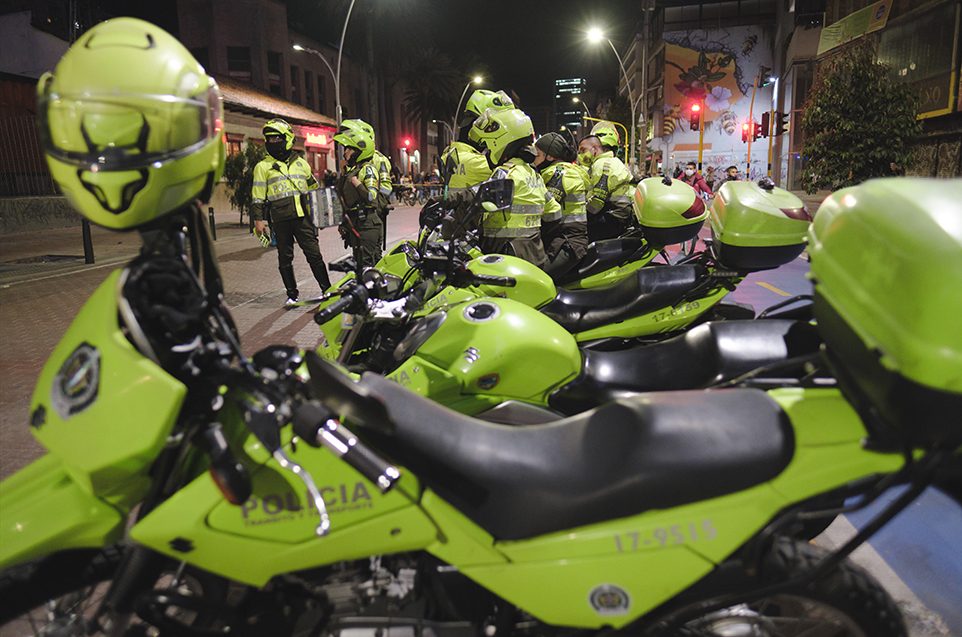
We will see in time how her positioning against the police, her call for reconciliation, and her pledge for reform translates into meaningful change. And we will see how her cacerolazo gesture resonates with those she governs as they mourn a tragedy that López characterized as the worst the capital has suffered since M19 took over the Palacio de Justicia in 1985.
Ultimately, the overriding sense from this weekend seems to be one of shock. There is anger. There is silence. There are speeches. There are couples and friends sitting around pub. And there are others cycle around the same streets where so many died this week.
It seems this is about all anybody knows how to do right now.
I find myself in the same situation. With no way to change what already happened – and slim hopes for any of the promised reform to come any time soon – I can’t offer anything.
So I will only share what I saw on Saturday.
Here are a few photos from the night to showcase what the streets now look like as Bogotá continues to try to comprehend an unthinkable tragedy.
